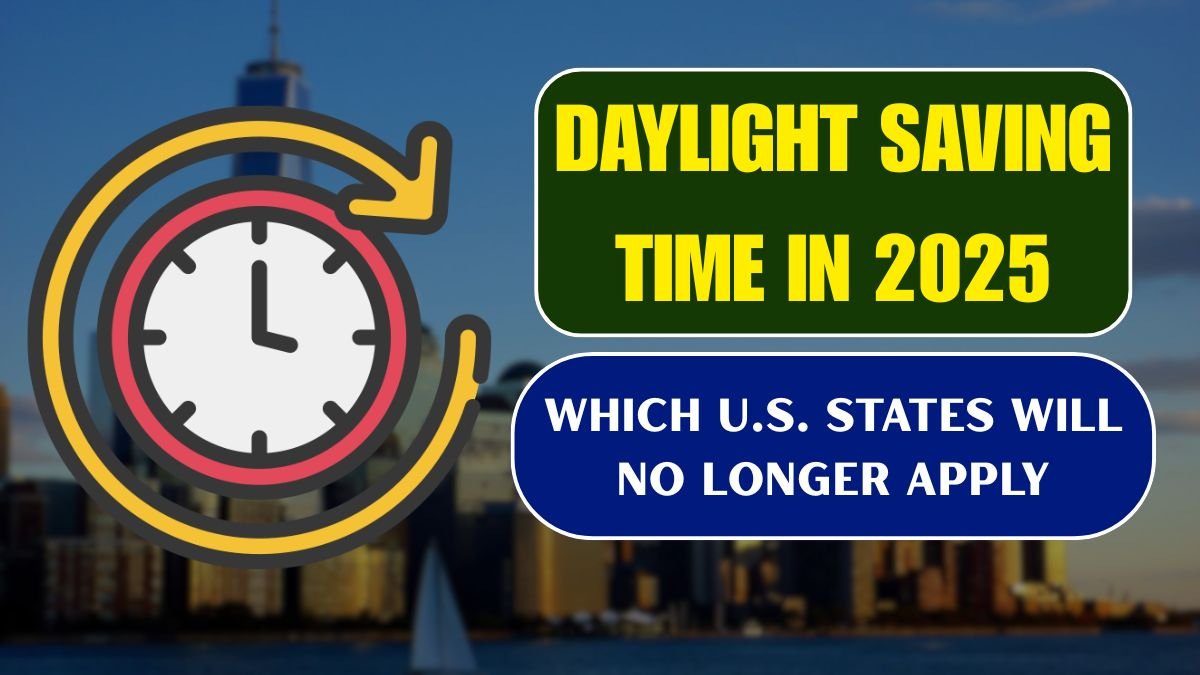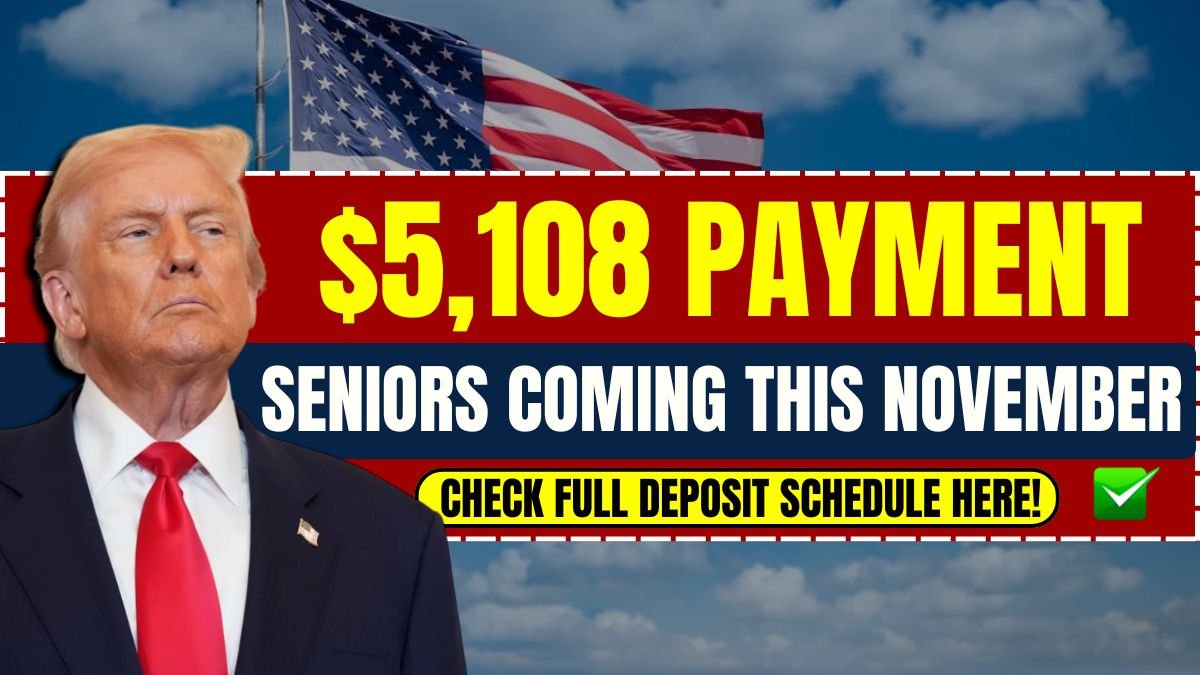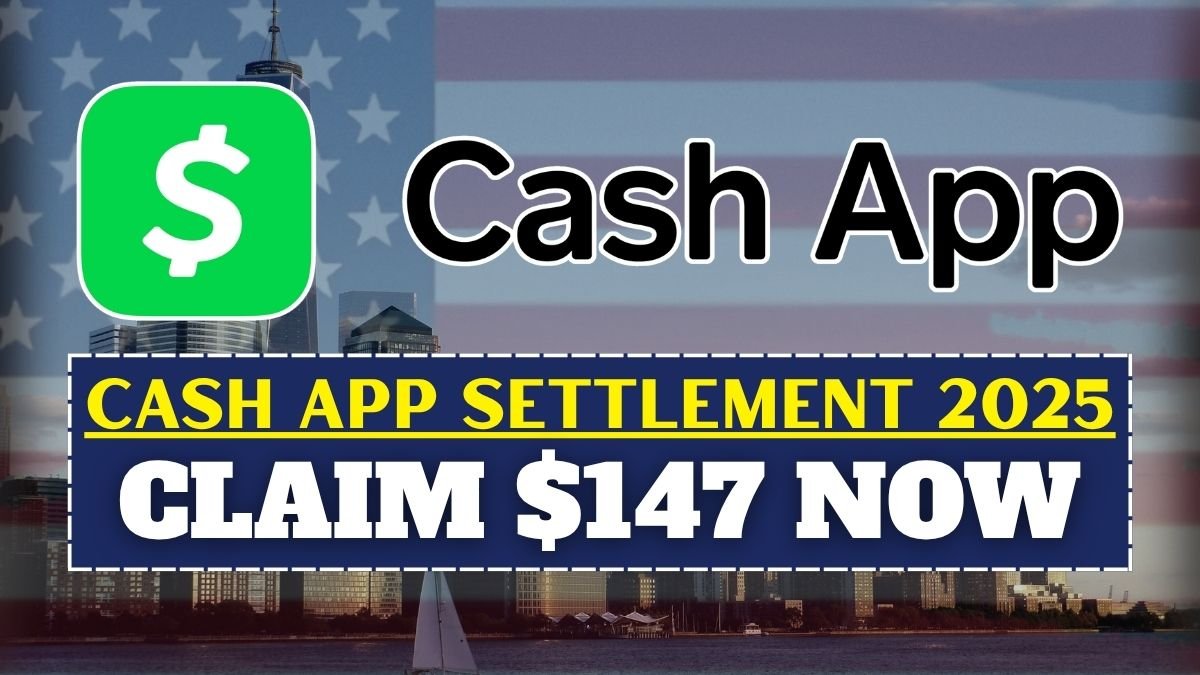IRS Announces $1,390 Direct Deposit Relief: America’s tax agency IRS (Internal Revenue Service) has recently made a big announcement which has attracted the attention of citizens across the country. The agency announced a $1,390 direct deposit relief payment aimed at helping millions of Americans struggling with rising inflation, increasing prices for rent, gas and groceries.
Those folks who are grappling with escalating economic hardships will get a hand from this relief program. Perceiving it as the first substantial step, people welcome the initiative to give them some breathing space and financial stability before the year closes.
Table of Contents
Understand the $1,390 Direct Deposit Relief
The new IRS initiative can be considered as one of the first introductions of financial aid to be given mainly to lower- and middle-income American citizens. The program is quite different from those relief measures that were available during the pandemic, as it is aimed at alleviating economic challenges that have just arisen.
The primary objective of this program is to help people meet daily needs such as rent, food, medicine, and gas.
This time, the government has ensured that payments are sent directly to people’s bank accounts through direct deposit, avoiding the lengthy check processing process. This will provide immediate relief to people without them having to wait for weeks.
However, the amount each person receives will depend on their income, tax filing status, and prior tax credits. This means it’s not a uniform payment; rather, there will be slight variations based on need and eligibility.
Why is this $1,390 relief payment necessary?
The reality is that most American families are facing financial pressure today. Rent increases, medical expenses, and food inflation have severely impacted budgets.
In these circumstances, this payment issued by the IRS is not only a financial aid but also a ray of hope.
This method of payment, which is done directly to accounts, not only makes the way simpler but also saves the time. For a lot of families, this sum of money will be very helpful in covering the basic needs such as the payment of utility bills, rent, or grocery shopping.
Experts in economics are of the opinion that the influence of such schemes is only to the benefit of the community economy and beyond the individual recipients. The local businesses will have more sales if people have money to spend and therefore the employment will be more stable.
Who will be eligible for the $1,390 payment?
The IRS has clarified the eligibility criteria for this relief program to avoid confusion. If you filed your 2024 tax return and your income falls within certain limits, you are eligible for this payment.
Here are the main categories:
| Category | Eligibility Criteria | Expected Amount |
|---|---|---|
| Single Filer | Income less than $75,000 | $1,390 |
| Joint Filer (Couple) | Combined income less than $150,000 | $2,780 |
| Dependents | Eligible for partial credits | Varies |
| Social Security Beneficiaries | Automatic deposit to their accounts | $1,390 |
According to the IRS, people in these categories do not need to fill out any additional forms or apply. The system will automatically process payments based on their past records.
Even Social Security, SSI, and SSDI recipients are included in this relief program. They will automatically receive the same payment through their regular channels.
Payment Date — November 2025
The IRS has announced that relief payments will begin the first week of November 2025.
People whose bank accounts are already registered with the IRS system will receive payments first—funds will typically arrive in their accounts within 3 to 5 business days.
For those who don’t have direct deposit, payments will be sent via paper check, which may take a few additional days.
If you want to know the exact time and location of your payment, you can check the “Get My Payment” portal on the IRS’s official website.
The IRS has a goal of December 15, 2025, for direct deposits to be completed and paper checks to be mailed. In many cases, people will be able to receive money for Christmas and the end of the year.
Impact of this relief on the economy
Not only the relief will be great for the needy families but the $1,390 payment will also be a mighty but very significant source of the American economy.
Local shops, restaurants, and grocery stores greatly benefit from citizens’ extra funds. However, the increased activity also leads to higher employment and production levels.
Economists view this relief as a tool that will partially offset inflationary pressures during the short term. Also, a large number of families will pay their debts or credit cards, thus improving their financial situation.
How to check your payment status?
In case you are willing to know if the government has already sent your payment, and if so, where, you can rely on “Where’s My Refund” and “Get My Payment” services on the IRS site.
You will be required to provide your social Security number, tax return status, and the amount of the refund.
Be sure that your bank account and address details are correct. If the information is wrong, the payments will definitely be late.
Going on the assumption that bank-to-bank transfers are not always coordinated, it is understandable that a few days must go by before a payment can be traced. Therefore, if you happen to find yourself in this situation, be patient for a few days and only call the IRS if the problem still exists.
Common Problems and Their Solutions
Some people might see that their payments are temporarily held or delayed. The main reasons for such delays are:
- The 2024 tax return is still not filed
- There has been a change or closure of the bank account information
- The mailing address is not updated
The most efficient step to take in such situations is to promptly go to the IRS website and change your details.
Besides that, the risk of fraud and scams is also getting higher during this period. Some counterfeit websites and calls might say that they can expedite your payment, but do not fall for it.
Keep in mind at all times that the IRS does not send requests for bank details via email, text message, or call. If you want to be sure of your data’s safety, communicate only through official channels.
How is this payment different from previous stimulus checks?
This relief payment differs in a major way from those stimulus checks we have seen in the past.
First off, earlier checks were given to everyone so as to lessen the impact of the pandemic, however, this new plan is a targeted relief for only those families that have been most affected by inflation.
On top of that, the IRS system has become increasingly digital and more advanced than ever before.
It is closely connected to Social Security and other federal programs, which makes it possible for payments to be issued at a much faster and more secure pace.
The government is really trying to get the money to the people without any middlemen or long waiting periods.
What’s next—will there be more relief in 2026?
The biggest question is: will the IRS be rolling out more of these relief programs in the following years?
Experts say that this decision will mainly depend on the economic situation over the next few months, inflation rates, and Congress budget choices.
In case this $1,390 direct deposit initiative turns out to be a great success—i.e. the money gets to the right people in a timely manner and contributes to economic stability—then it can be a model for the future relief programs.
Most economists think that the government will be focusing on digital direct assistance programs as a priority in the next years in order to provide the people with the fastest relief.
Conclusion: A Sigh of Relief
Amid inflation, rising expenses, and an unstable economy, the IRS’s $1,390 direct deposit relief program is a financial relief and a ray of light to the Americans.
Not only does this project give quick relief, but it also signals a return to economic stability in the far future.
The government program is a clear sign that when the public is in trouble, the decision-makers do not fail to hear the people’s voice and take the necessary steps to resolve the issue.
This relief check is not only going to be the power of money for millions of households but will also be the impetus for them to return to the path of their dreams and a secure future.
FAQs:
Q. What is the $1,390 IRS relief payment?
A. It’s a direct deposit payment from the IRS to help low- and middle-income Americans deal with rising living costs.
Q. Who is eligible for this payment?
A. Single filers earning under $75,000, joint filers under $150,000, and Social Security recipients qualify automatically.
Q. When will the payments be sent?
A. Payments will start rolling out in early November 2025, first to those with direct deposit on file.




